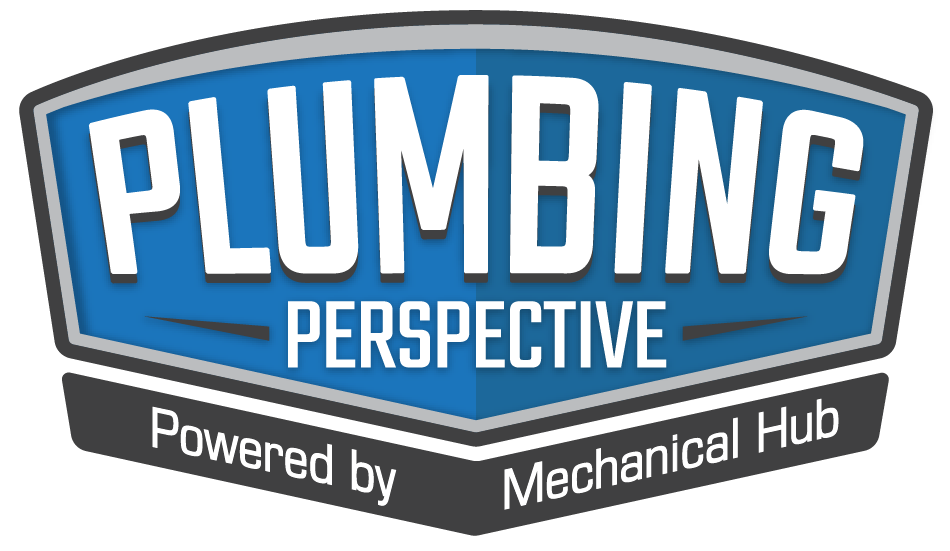I was talking the other day with my buddy who lives northern Wisconsin on the topic heat pump water heaters (HPWHs). You see, he is in the market for a water heater and was asking my advice on those particular units. Wanting to know more myself, I pulled up some info and the more in-depth Read more
water heating
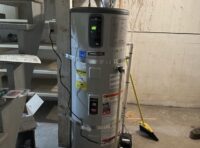
I was talking the other day with my buddy who lives northern Wisconsin on the topic heat pump water heaters (HPWHs). You see, he is in the market for a water heater and was asking my advice on those particular units. Wanting to know more myself, I pulled up some info and the more in-depth I got, the more I wanted to know. Cold weather performance, special ducting, size of mechanical space, accessibility to air, cooling and conditioning of adjacent space are all very important topics of discussion.
But, wait a minute, I thought to myself, I can use some of my “superpowers” as an editor in the trades these past 20+ years to ask people who are more in the know about HPWH than me.
I recently reached out to few people I trust to give me honest assessments of these units.
Advantage Heat Pump Water Heaters
According to Eric Aune, Aune Plumbing, Heating & Drains, there has been a ton of marketing to the public, and even more incentives for installation. “Local utilities are offering rebates upwards of $2-3K in some places, and here in Minnesota, we aren’t seeing rebates that high but it’s clear why the rebates are offered—because its lowering and spreading the load on the grid over longer periods at lower consumption rates. The utilities are trying to stay in front of or (most likely) catch up to the growing demand and stress on the grids all across the country. HPWH’s are one piece to the puzzle.”
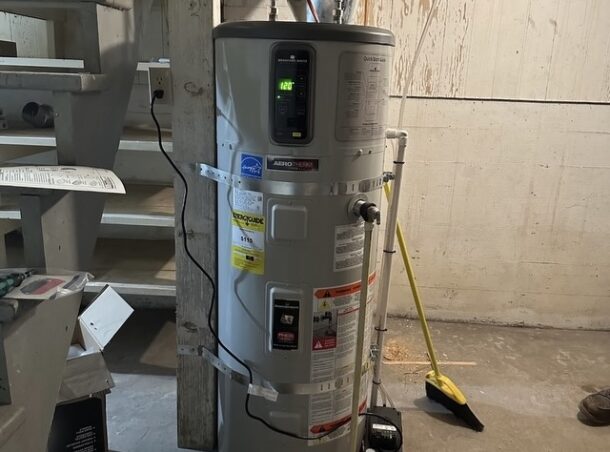
John Siegenthaler, P.E., Appropriate Designs, gives three bona fide advantages for HPWHs: One, they are excellent for capturing “surplus heat” (e.g., heat that’s present but not generated by another heat source for the purpose of warming the space). For example, solar heat gain to a garage, or heat generated by computer servers. Two, when properly applied, they can generate a given amount of DHW on about 1/3 the electrical input required by a standard “resistance type” electric water heater (tank or tankless). And three, some models are available that can operate on 120 VAC power, whereas all electric resistance water heaters require 240 VAC power.
But in Cold Climates?
But are these units considered more inefficient the more you climb the northern latitudes to colder climates? “Although heat pump water heaters are often placed in unconditioned spaces such as garages in southern locations, it would be a big mistake to do so in a cold northern climate where outside temperatures are below the minimum operating air temperature for the HPWH for weeks or months during winter,” says Siegenthaler. “The heating performance of any air source heat pump—ductless, central, air-to-water, HPWH, always decreases with decreasing air temperature—Putting any water heater in a cold space is not recommended. Standby heat loss would definitely increase.”
HPWHs have minimum air flow requirements, especially if placed in confined spaces, adds Siegenthaler. The I/O manual supplied with the unit should give all these requirements. “Some units allow ducting of outside air to the heat pump assembly on top of the tank, but I would only use this option in a relatively warm climate. Using ducted outside air also foregoes the cooling and dehumidifying benefit of the HPWH,” says Siegenthaler.
Living in Minnesota, Aune says, “HPWH’s capture/transfer the heat in the space surrounding them to the tank of water. When you talk about this here in Minnesota, it’s common for people to consider this inefficient since the we have to heat with a boiler or furnace, so aren’t we running our space heating system to provide heat for the water heater?
“The reality is the HPWH is able to capture and transfer a lot of energy without major negative effects on the conditioning and comfort of the space with a few considerations like ducting the less humid, colder air to the exterior of the house or even moving it with the furnace or exhaust fans,” says Aune.
According to Gary Klein, principal, Gary Klein and Associates, the majority of HPWHs sold today are hybrid HPWHs, and their efficiency is rated at 67.5 F and 50% relative humidity. “Very close to the temperature we keep the inside of conditioned buildings,” says Klein.
Klein suggests an interesting concept by managing the cold discharge air. “Install the HPWH in the basement near the space conditioning system. Use the return of that system to suck in the cold discharge air from the HPWH and distribute it throughout the house. Use a relay to link the fan to the HPWH. Let the thermostat decide if the air needs to be conditioned. Install a very large filter grille to bring air to the room where the HPWH is installed. (2-inch pleated filters).
“Need the ability to move at least 60 cfm per 100 watts of compressor, fan and control power. Warmer intake air increases the coefficient of performance (COP),” says Klein.
Siegenthaler points out that he did a column earlier this year that discussed a situation where a modern house used an air source heat pump for space heating, and combined it with a HPWH inside the house for DHW. Technically this puts the two heat pumps into a “cascade” relationship, says Siegenthaler.
“Think of the space heating heat pump as ‘feeding’ heat to the HPWH. It’s possible to show that the overall efficiency of this arrangement is lower than using a single air-to-water heat pump for both space heating and domestic hot water (DHW). I think that this is important because many builders, architects, energy planners, energy auditors, etc. don’t necessarily understand this concept. They assume that two heat pumps—one for space heating, and the other for DHW—are better than one.”
Siegenthaler stresses that the “ideal” scenario for a HPWH is to put it in a space where there’s “surplus heat.” “Don’t rob Peter to pay Paul,” says Siegenthaler.
There are plenty of such spaces, suggests Siegenthaler, especially in commercial buildings—manufacturing, heat from vending equipment or refrigeration equipment, cooking, laundry, computers, solar gain, attics that remain above 35ºF year-round, even mechanical rooms with lots of uninsulated piping, boilers, electrical transformers, greenhouses, cannabis grow houses, etc.
“Paraphrasing Patrick Henry, ‘Give me air, or give me death,'” says Klein.
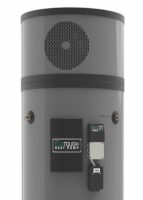
Designed to use one-third the electricity of traditional residential electric water heaters, new product ensures dependable, efficient hot-water delivery. Noritz America, a leader in tankless water heaters and high-efficiency combination boilers, recently previewed its new, ENERGY STAR-certified Hybrid Electric Heat Pump Water Heater for residential domestic hot water applications. Making its debut in Chicago at Read more
Designed to use one-third the electricity of traditional residential electric water heaters, new product ensures dependable, efficient hot-water delivery.
Noritz America, a leader in tankless water heaters and high-efficiency combination boilers, recently previewed its new, ENERGY STAR-certified Hybrid Electric Heat Pump Water Heater for residential domestic hot water applications.
Making its debut in Chicago at the 2024 AHR Expo in January, this newest addition to the Noritz offering consumes up to one-third of the electricity required by a standard residential electric water heater with a resistive element, yet maintains the same level of hot-water delivery. The “hybrid” designation denotes the inclusion of dual 4.5-kilowatt electric elements positioned at the top and bottom of the tank to provide backup water heating or accelerate recovery times when necessary.
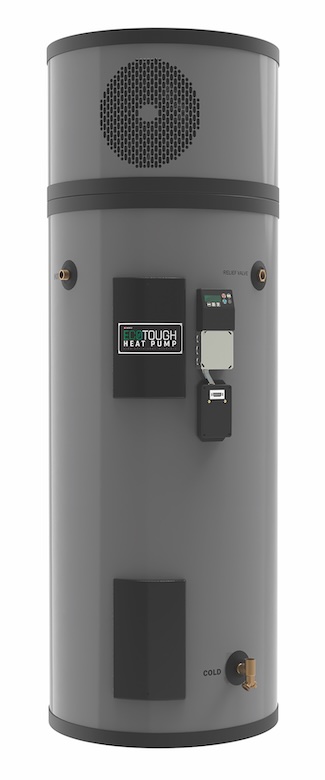 Set for an official launch on July 1, the new Hybrid Electric Heat Pump unit efficiently transfers heat from air to water, resulting in substantial energy savings for consumers seeking to reduce their utility bills. The Hybrid Electric Heat Pump is eligible for government rebates of up to $3,000, the kind of incentive that has made heat pump installations so attractive for both contractors and homeowners.
Set for an official launch on July 1, the new Hybrid Electric Heat Pump unit efficiently transfers heat from air to water, resulting in substantial energy savings for consumers seeking to reduce their utility bills. The Hybrid Electric Heat Pump is eligible for government rebates of up to $3,000, the kind of incentive that has made heat pump installations so attractive for both contractors and homeowners.
Handling hot water temperatures ranging from 50°F to 160°F, the product will be available in four sizes, with the model numbers here indicating the gallon storage volumes: (NHP50, NHP65, NHP80, and NHP120). The 120-gallon model, still a rarity in today’s market, is available by special order. UEF (Uniform Energy Factor) ratings range up to 3.48, highlighting its energy efficiency when compared to similar products in the market.
“At Noritz, our dedication to providing our customers with diverse water heating solutions drives our innovation,” explains Jason Fleming, Executive Vice President and General Manager of Noritz America. “The introduction of the Hybrid Electric Heat Pump not only addresses recent market and regulatory shifts nationwide, but also offers a product designed to save energy, lower maintenance and operating expenses for customers, and streamline installations and servicing for contractors.”
Key Features
- Cement lining: The specially formulated cement lining of the unit’s storage tank is designed to prevent the corrosive effects of hot water. By negating the need for a sacrificial anode rod, the lining all but eliminates maintenance requirements and the necessity for regular checks. (Neglecting to replace the anode rod can lead to premature tank failure in a conventional electric water heater.)
- Five operating modes: The Hybrid Electric Heat Pump offers users five different ways to operate the unit, depending upon user demand and current conditions: hybrid (standard), electric only, heat pump only, super (for high-demand situations), and vacation.
- First Hour Rating: The Hybrid Electric Heat Pump Water Heater’s first hour ratings are 58 gallons (NHP50), 70 gallons (NHP65), 86 gallons (NHP80), and 105 (NHP120).
- High-pressure rating: The unit has a pressure rating of 150 pounds per square inch (psi) WP and 300 psi TP. A temperature and pressure relief valve comes with the unit, pre-installed.
- Warranties: The cement-lined tank and all parts are covered by ten years of protection, plus a one-year warranty on reasonable labor.
- Approvals include AHRI, UL1995, CSA 22.2 No. 236, Low Lead.
For more information on the new Hybrid Electric Heat Pump Water Heater, visit: https://noritz.com/heatpump/
The trusted water heater manufacturer and nonprofit veterinary services provider join to make a difference in the health and well-being of local pets. Ambler, Pa. Bradford White Corporation, an industry-leading manufacturer of water heaters, boilers and storage tanks, announced today a three-year partnership with Emancipet, a nonprofit organization on a mission to make veterinary care Read more


Back in the day he was known as DJ Reggie Nell, and he could spin records with the best of ’em. A former DJ while working in the trades, Germaine Nelson, president, Capitol Plumbing & Heating, Bowie, Md., now is a full-service residential plumbing OG, specializing in water heaters, waste and venting for the surrounding Read more
Back in the day he was known as DJ Reggie Nell, and he could spin records with the best of ’em. A former DJ while working in the trades, Germaine Nelson, president, Capitol Plumbing & Heating, Bowie, Md., now is a full-service residential plumbing OG, specializing in water heaters, waste and venting for the surrounding DC area.

Nelson started his plumbing career back in high school, working with his uncle at a plumbing company during the summer. He also worked on pluming through his high school vocational program. “I went to school for a half day, then went to the job site the second half,” says Nelson. As soon as Nelson graduated, he started as an apprentice full time. “Seventeen years later, I own a plumbing company—started it from the ground up,” continues Nelson.
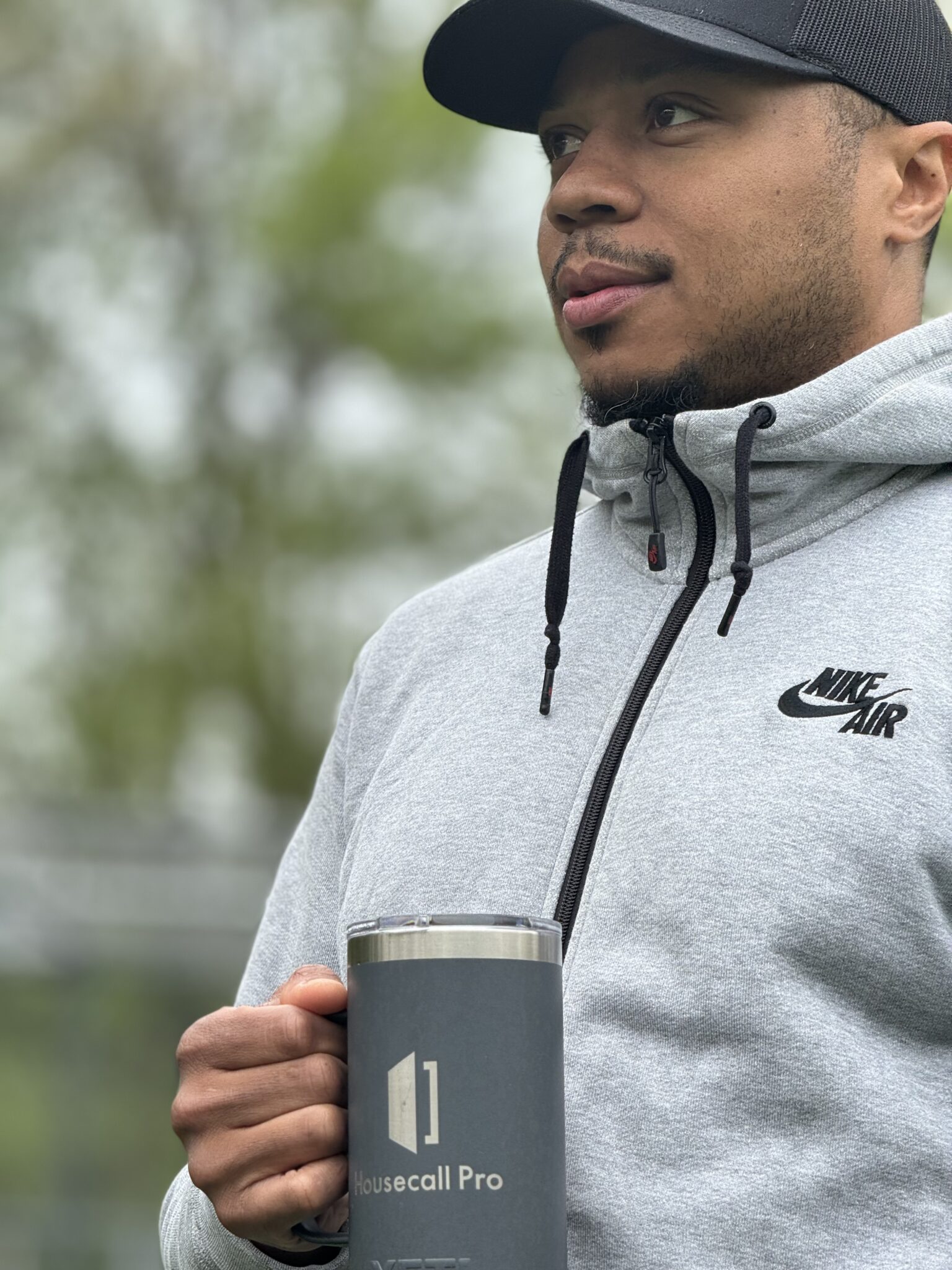 Early in his career, Nelson throws kudos the owner of 3D Plumbing, a small plumbing company for which Nelson worked. “The owner Dennis took me under his wing, and we still talk often. I consider him a mentor to this day,” says Nelson.
Early in his career, Nelson throws kudos the owner of 3D Plumbing, a small plumbing company for which Nelson worked. “The owner Dennis took me under his wing, and we still talk often. I consider him a mentor to this day,” says Nelson.
It wasn’t necessarily all smooth sailing. Throughout the journey, Nelson worked for a well-known company in the area as a service tech. They wanted to expand in a different part of the area, so he was tasked with building that area up, with the current contacts that he had.
Impressively, Nelson made more than $500,000 for that company within six months. “I asked for a raise, and the owner told me, ‘I can’t justify it but I can get you a new truck.’ At that moment, I knew it was time to go. I gave my two weeks’ notice,” says Nelson.
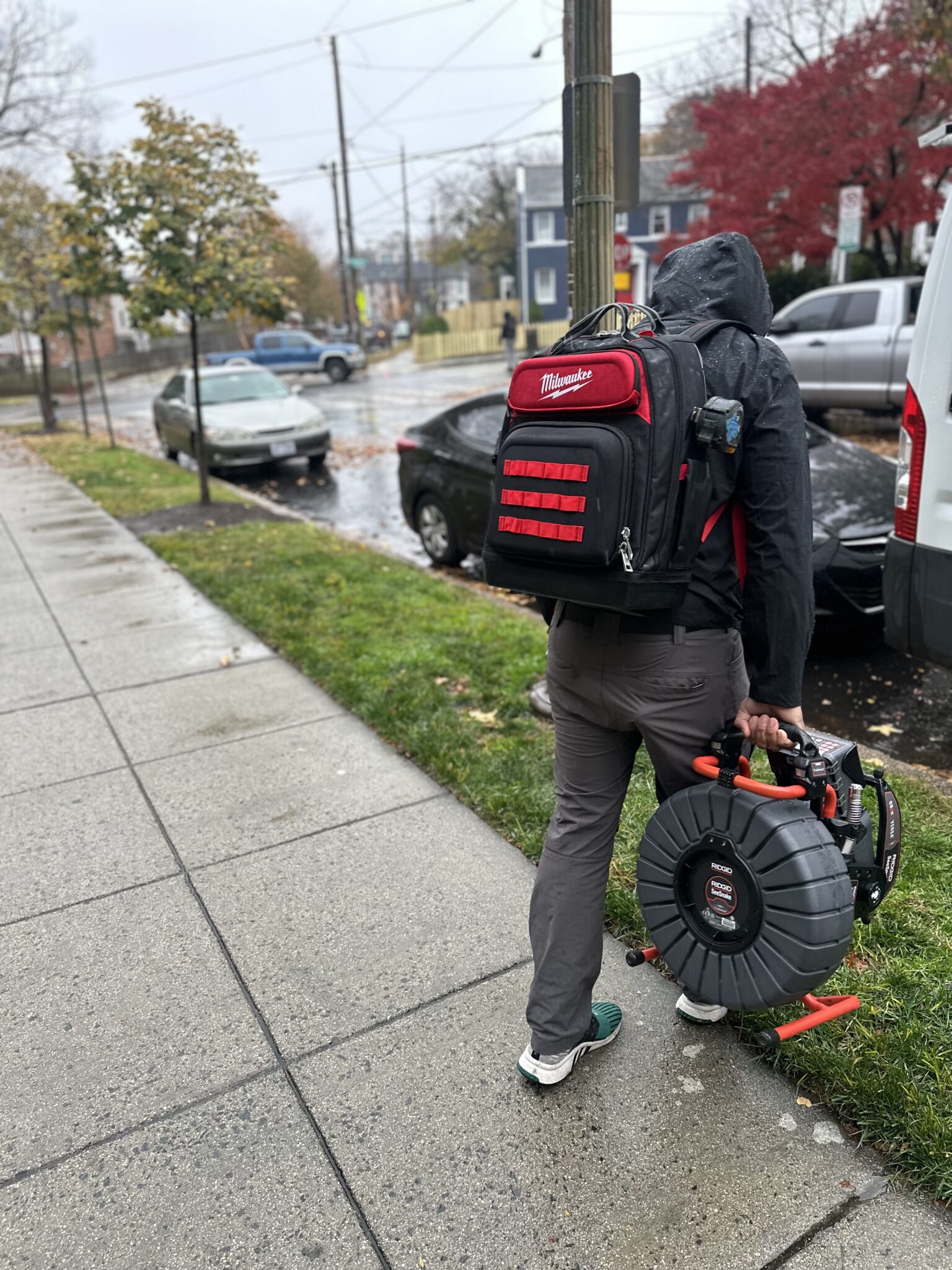 Nelson’s advice for anyone thinking about starting a company? “I would say just do it. You will have bumps and bruises along the way, but through dedication and consistency, you’ll succeed. Don’t give up on your vision.”
Nelson’s advice for anyone thinking about starting a company? “I would say just do it. You will have bumps and bruises along the way, but through dedication and consistency, you’ll succeed. Don’t give up on your vision.”
Challenges/Rewards
The most challenging aspects of the job, says Nelson, can be dealing with customers. “You have to learn how to put yourself in their position and understand what their needs area.”
Conversely, Nelson says it’s rewarding when you face a difficult challenge, but you overcome it with patience and skill. “I tell people all the time, plumbing is not hard, but finding a solution is the ultimate reward. You can sleep at night knowing you’re making a difference in society.”
And, according to Nelson, it starts early for those thinking of entering the trades, “Learn as much as you can because you will not know it all. Find your niche within the trade and foster that skill,” says Nelson.
Social Media
 Nelson (@capitolmech) admits that social media has helped tremendously with making business connections and long-lasting friendships. “If it wasn’t for social media, I would not know about different trade shows, certain tools that makes the job easier and certain companies. I dedicate a lot of time to social media, more than I should, but it’s a lifestyle at this point,” says Nelson.
Nelson (@capitolmech) admits that social media has helped tremendously with making business connections and long-lasting friendships. “If it wasn’t for social media, I would not know about different trade shows, certain tools that makes the job easier and certain companies. I dedicate a lot of time to social media, more than I should, but it’s a lifestyle at this point,” says Nelson.
Through time and dedication on social media, Nelson has become an ambassador for various plumbing manufacturers. “Being an ambassador for different companies is special,” says Nelson. But he also says that it’s big task when a number of companies want to hire you as an ambassador because of your social media footprint. “Oatey, for instance, has really opened the door for a lot of these opportunities.”
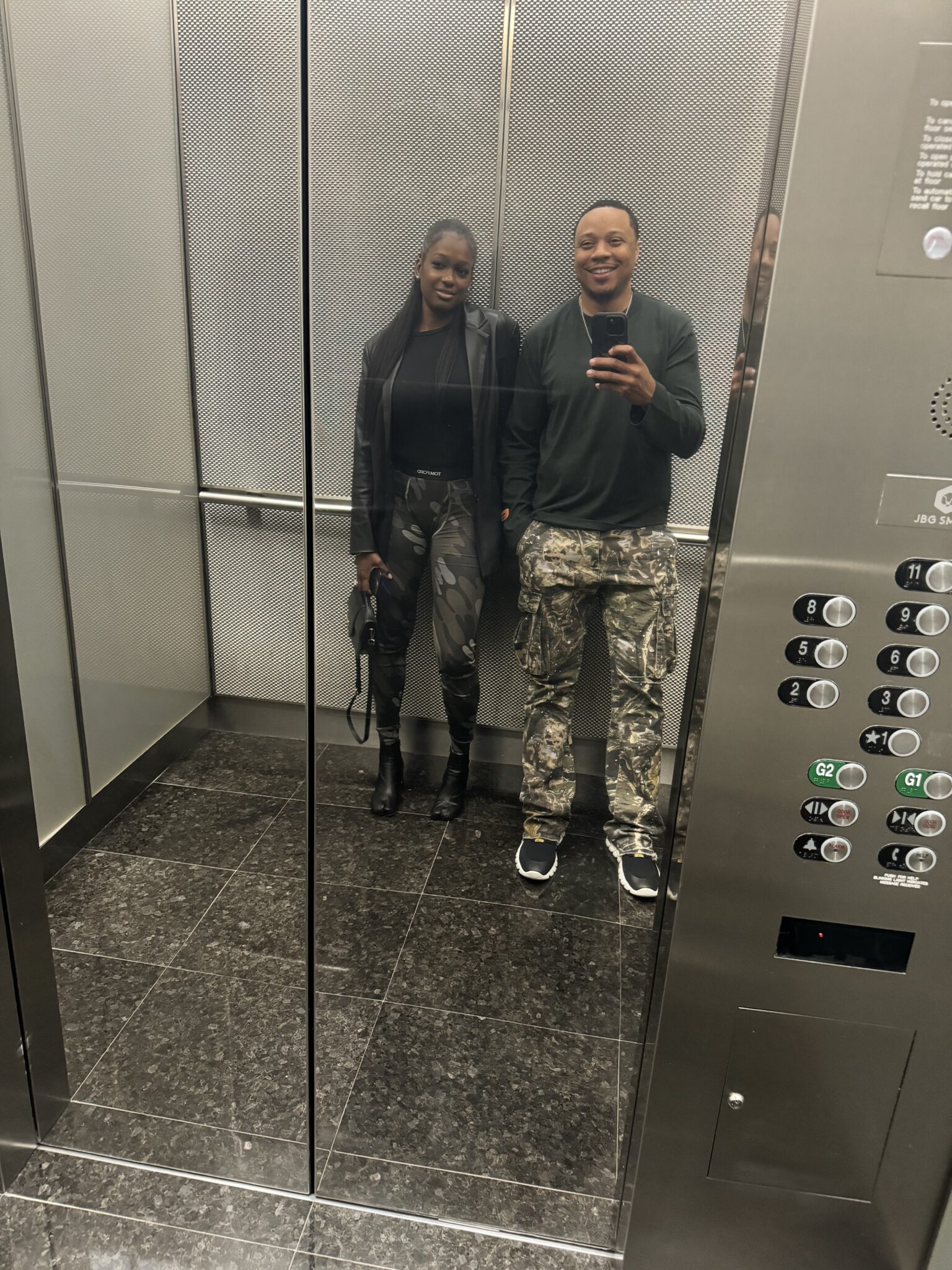 And throughout this rise in popularity and visibility with social does Nelson consider himself a mentor to others? “I do consider myself a role model, not by choice, but through social media,” says Nelson. “I feel like I’ve been put into that position.”
And throughout this rise in popularity and visibility with social does Nelson consider himself a mentor to others? “I do consider myself a role model, not by choice, but through social media,” says Nelson. “I feel like I’ve been put into that position.”
When he’s not hard at work on the job or posting to IG, you’ll find Nelson spending time with family, attending his son’s baseball games, bowling, getting together with friends, or perhaps you’ll see him soaring in the sky fulfilling his bucket list of skydiving. Nevertheless, “It’s extremely important to make an effort to put work down and be intentional about taking care of your mental health, and being there for those who really depend on you,” says Nelson.
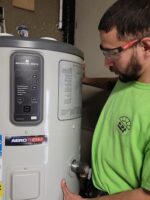
Bradford White Corporation, an industry-leading American manufacturer of water heaters, boilers and storage tanks, is continuing its commitment to support training the workforce of the future by providing strategic in-kind grant funding to the Center for Employment Training (CET), a national nonprofit technical training school. The grant, which stems from Bradford White’s signature charitable giving Read more
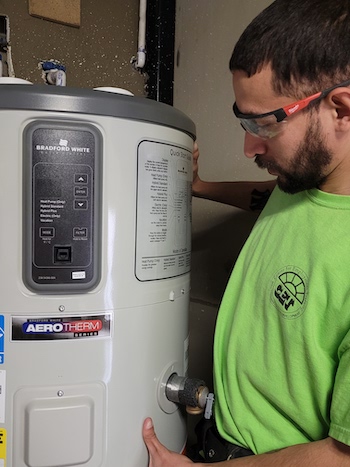 Bradford White Corporation, an industry-leading American manufacturer of water heaters, boilers and storage tanks, is continuing its commitment to support training the workforce of the future by providing strategic in-kind grant funding to the Center for Employment Training (CET), a national nonprofit technical training school.
Bradford White Corporation, an industry-leading American manufacturer of water heaters, boilers and storage tanks, is continuing its commitment to support training the workforce of the future by providing strategic in-kind grant funding to the Center for Employment Training (CET), a national nonprofit technical training school.